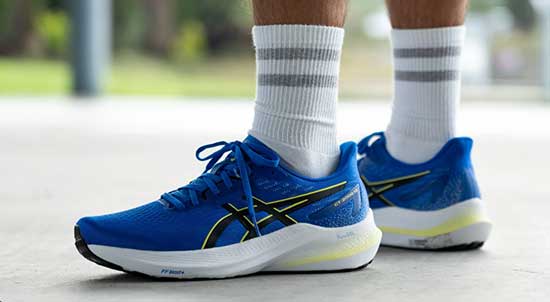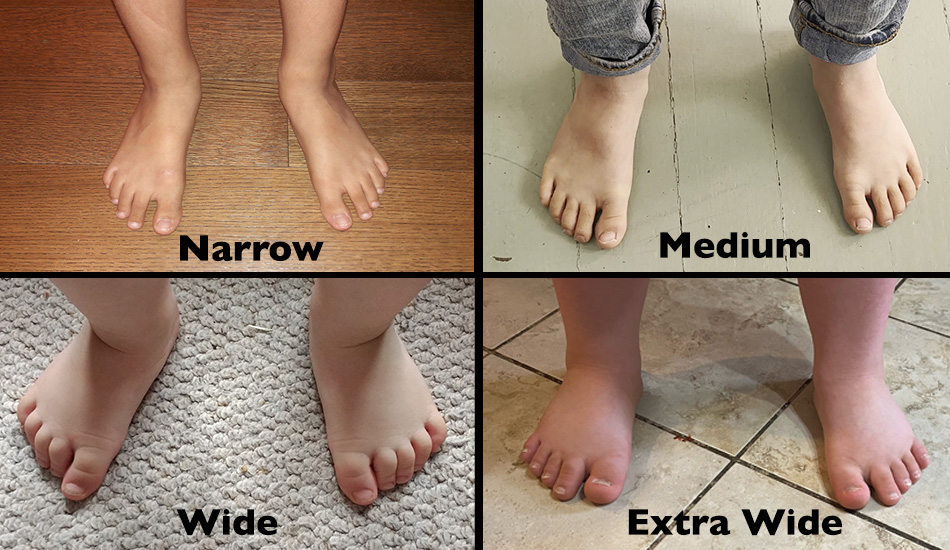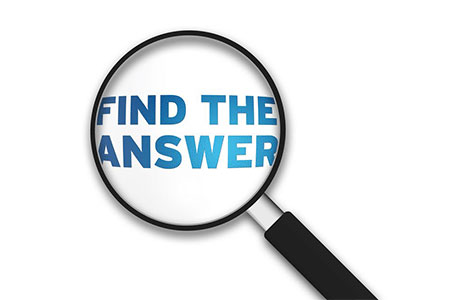Is the Wet Foot Test for Kids Reliable? – Find a Better Way to Determine Your Child’s Arch Shape!
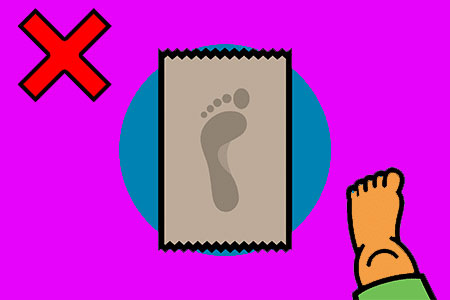
Have you noticed your child walking or running differently lately? Are you wondering whether your child has flat, regular, or high arched feet? I have noticed how several parents rely on the wet foot test to learn their child’s foot type. Is the wet foot test for kids reliable? I believe that it tells us very little and is in no way predictive of a child’s dynamic mechanics, nor injury risk.
The way I see it, the foot test only retrieves one key component of your child’s foot. Buying your child’s shoes based only on your child’s footprint shape will end up in your child wearing the wrong type of shoes.
Let’s say the wet foot test shows that your child has flat feet. What are your next steps going to be? Are you going to buy your child supportive shoes hoping they will help improve your child’s walking gait? There are 3 other components that the wet foot test fails to retrieve and if you don’t consider them your child will end up wearing the wrong type of shoes:
- Your child’s foot shape —narrow, medium, wide, extra wide— as well as your child’s instep height determine what shoes your child should wear.
- Your child’s heel condition —normal, inverted, or inverted— affects your child’s walking gait and determine what shoes your child should wear.
- Forefoot abduction affects your child’s walking gait and also determines what shoes your child should wear.
My point is that the wet foot test is not an accurate predictor of the type of shoes your child should wear nor your child’s foot function.
How to Figure Out Your Child’s Exact Foot Shape
Since most specialized children’s shoe stores have been closing down (even before the pandemic), I created a system that helps parents determine their child’s exact foot shape from home.
1️⃣ Measuring Your Child’s Exact Foot Length:
- Make sure that your child is standing straight and measure both feet, as one foot might be bigger than the other one. You should measure up to the tip of your child’s longest toe, which doesn’t necessarily have to be the big toe — it may in fact be the second or even the third toe. Make sure that your child is not curling the toes.
- Make a note of that measurement in centimeters or inches or email me the image showing the measurements (such as you see below) to avoid confusion with the measurements.

We will input your child’s foot measurements in the standard foot measuring tool (Brannock device) to retrieve your child’s exact foot length.
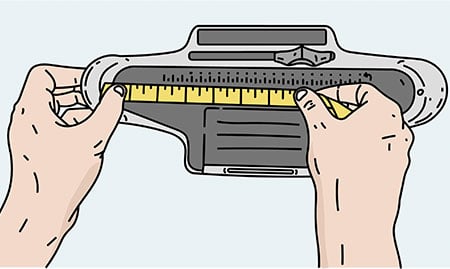
2️⃣ Pictures of Your Child’s Foot Width:
The images will help me retrieve your child’s:
- Arch shape (flat, regular, high).
- Heel condition (normal, inverted, everted).
- Foot width and instep height (narrow, medium, wide, extra wide).
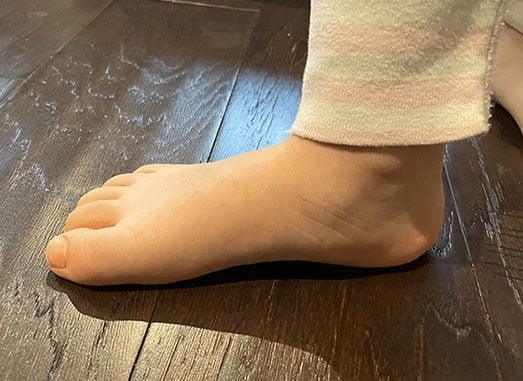
This image helps determine whether your child is flat footed and whether your child has a high instep or not.

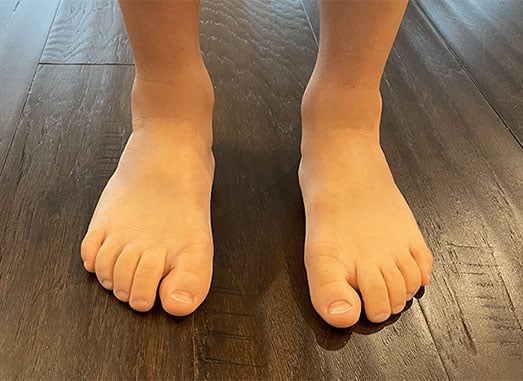
This image helps determine whether your child has narrow, medium, wide, or extra wide feet.
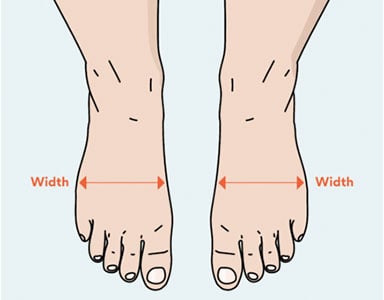
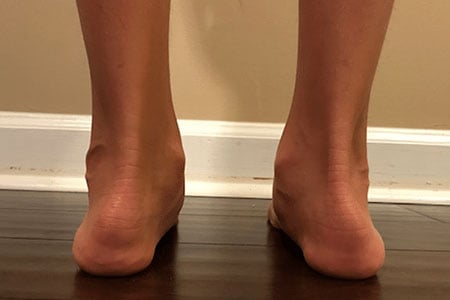
This image helps determine whether your child has rolled ankles or not.
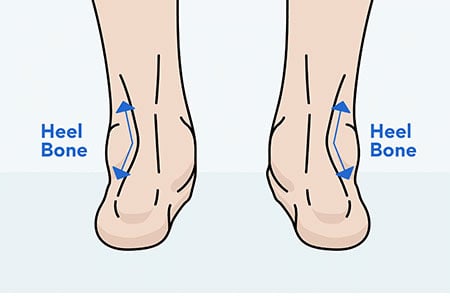
Please note that I won’t need the measurements of your child’s foot width, the images will be sufficient to help me determine whether your child has narrow, medium, wide, or extra wide feet.
Feel free to include in your email any additional information I should know about your child’s feet. My email address is:
fittingchildrensshoes@gmail.com
3️⃣ Recap – What to Include in Your Email
- Your child’s foot length measurements (or an image of their foot length measurements)
- Three images of your child’s feet (see example images above)
- The country you live in
You will then receive a response within 24 hours with your child’s exact foot length, shape, and specific shoe recommendations as needed.
How Much Does This Service Cost?
This service is completely free. I am passionate about fitting children’s shoes as I truly believe that the correct type of shoes can be life changing. Children’s feet are constantly developing, and what happens to their feet during their childhood will affect their physique as they grow older.
If you wish to support the work of Fitting Children’s Shoes, you can Donate Here Your support helps ensure that families around the world can find the correct shoes for their children, regardless of their foot shape or condition.

